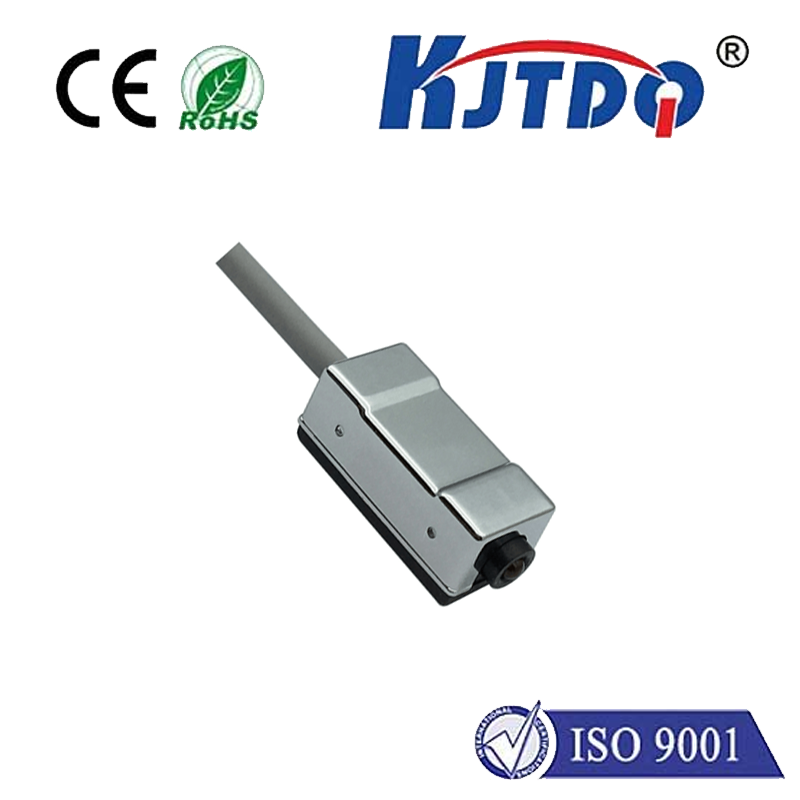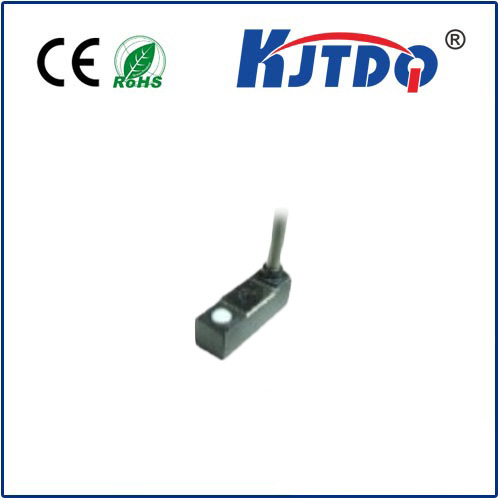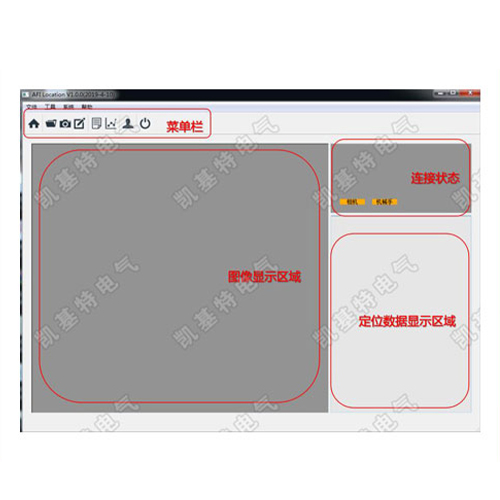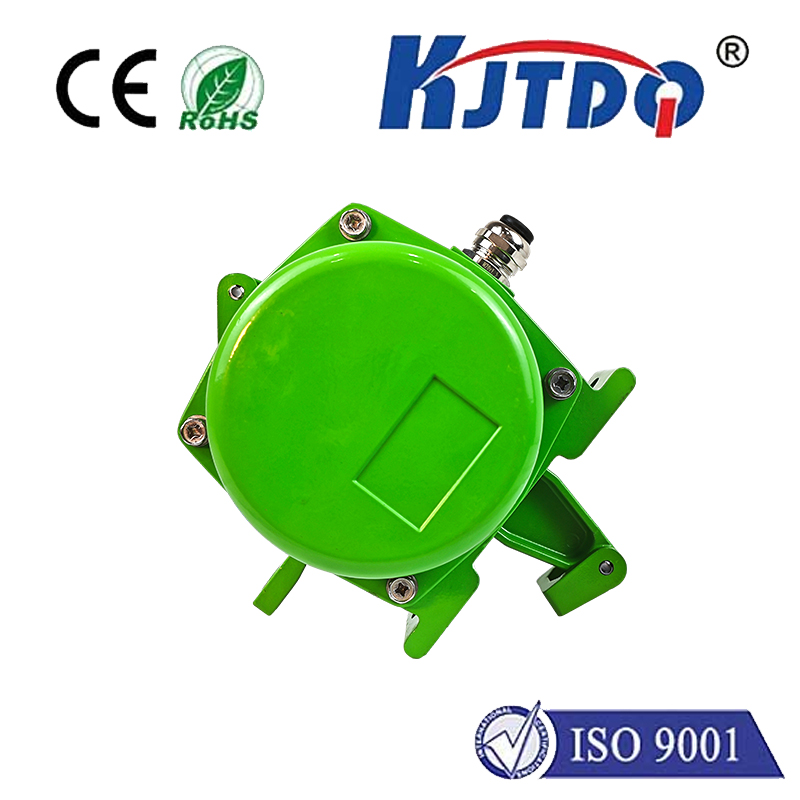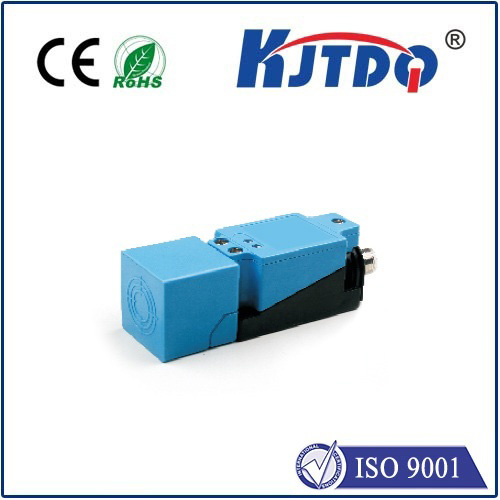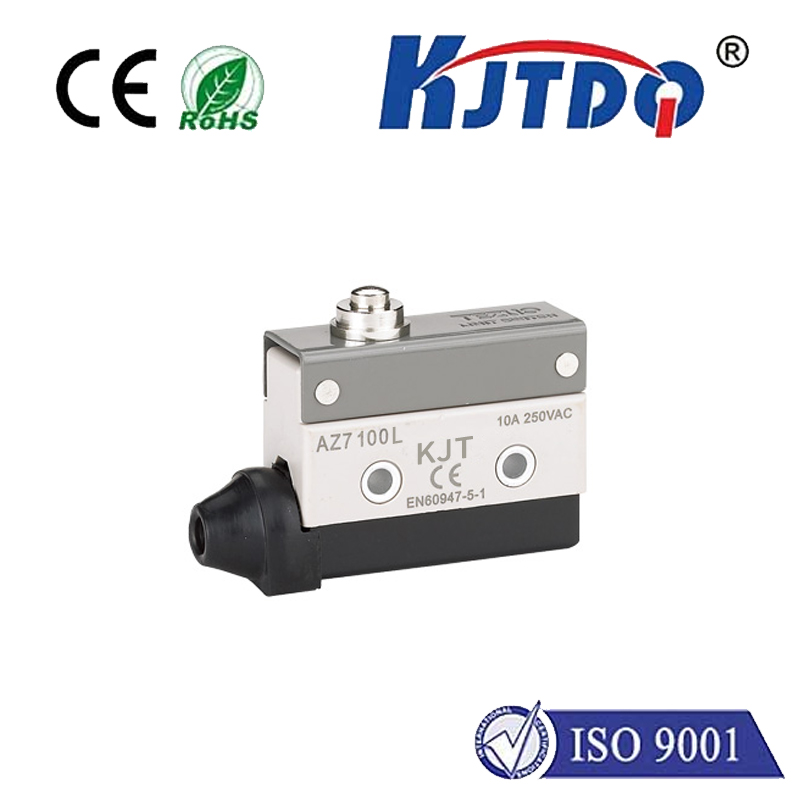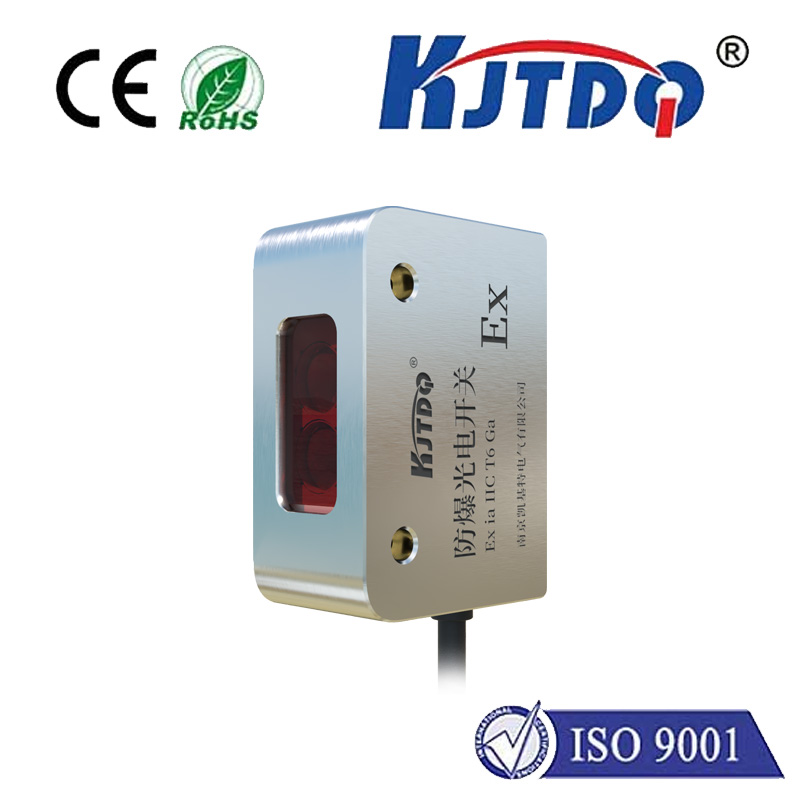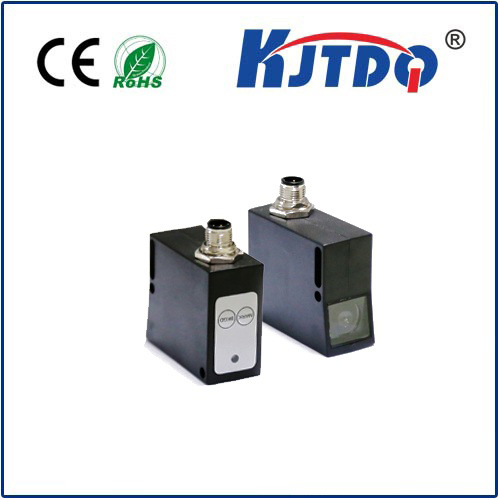
Проверка

Проверка

Проверка

Проверка

Проверка

Проверка
Imagine a factory floor buzzing with activity: robotic arms welding with precision, conveyor belts moving parts seamlessly, and assembly lines operating at high speed. How do these machines consistently “know” where objects are, avoid collisions, or count products without physical touch? Often, the unsung heroes enabling this seamless, non-contact detection are NPN proximity sensors. These robust and reliable electronic sentinels are fundamental to modern industrial control systems, providing vital feedback silently and efficiently. Understanding their function and the specific nature of their NPN output is key to appreciating their widespread role.
At their core, proximity sensors detect the presence or absence of nearby objects without requiring physical contact. Inductive proximity sensors, the most common type used for detecting metallic objects, operate on the principle of electromagnetic induction. The sensor contains an oscillator circuit that generates a high-frequency electromagnetic field emanating from its active face. When a metal target enters this field, it induces eddy currents within the metal. These eddy currents draw energy from the sensor’s oscillator, causing its amplitude to decrease. An integrated circuit within the sensor monitors this amplitude change. When the amplitude drop exceeds a predefined threshold (the sensor’s sensing distance), it triggers a change in the sensor’s output state.
This is where the “NPN” designation becomes crucial. It refers specifically to the type of transistor used in the sensor’s output switching circuit and defines how the sensor interacts with the load it controls (like a PLC input, relay, or indicator light).

Understanding this sinking nature of the NPN output is critical for proper wiring and integration into control systems, especially prevalent in regions like Europe, North America, and Japan. NPN proximity sensors are indispensable across countless industrial and automation applications due to their reliability, non-contact operation, and resilience in harsh environments:
The advantages driving the use of NPN proximity sensors are significant:
Q: Why choose an NPN proximity sensor specifically? A: NPN (sinking) outputs are often the standard in many PLC and control system architectures, particularly in certain geographical regions. They are readily compatible and widely available. The choice between NPN and PNP (sourcing) usually depends on the input configuration of the controller or load device the sensor needs to interface with.
Q: How does the practical wiring work for an NPN sensor? A: 1. Connect the sensor’s positive wire (typically brown) to the positive DC supply voltage (+V, e.g., 12-24V DC). 2. Connect the sensor’s negative wire (typically blue) to the negative/ground (0V) of the DC supply. 3. Connect the sensor’s Экспорт wire (typically black) to one side of your load (e.g., the input terminal of a PLC). 4. Connect the other side of your load to the positive DC supply voltage (+V). When the sensor activates, its NPN output transistor closes the circuit between the output wire (black) and its internal ground (blue wire), allowing current to flow from +V, through the load, through the sensor, to 0V.
From the precise assembly of consumer electronics to the robust control of massive manufacturing plants, the fundamental principles demonstrated by the NPN proximity sensor form the bedrock upon which countless automated processes operate. Their ability to provide consistent, non-contact detection via their efficient sinking (NPN) output ensures machines operate safely, efficiently, and reliably. The next time you see a complex machine performing flawlessly, consider the silent, diligent work of the NPN sensors embedded within – truly the indispensable conductors of the modern industrial orchestra.
